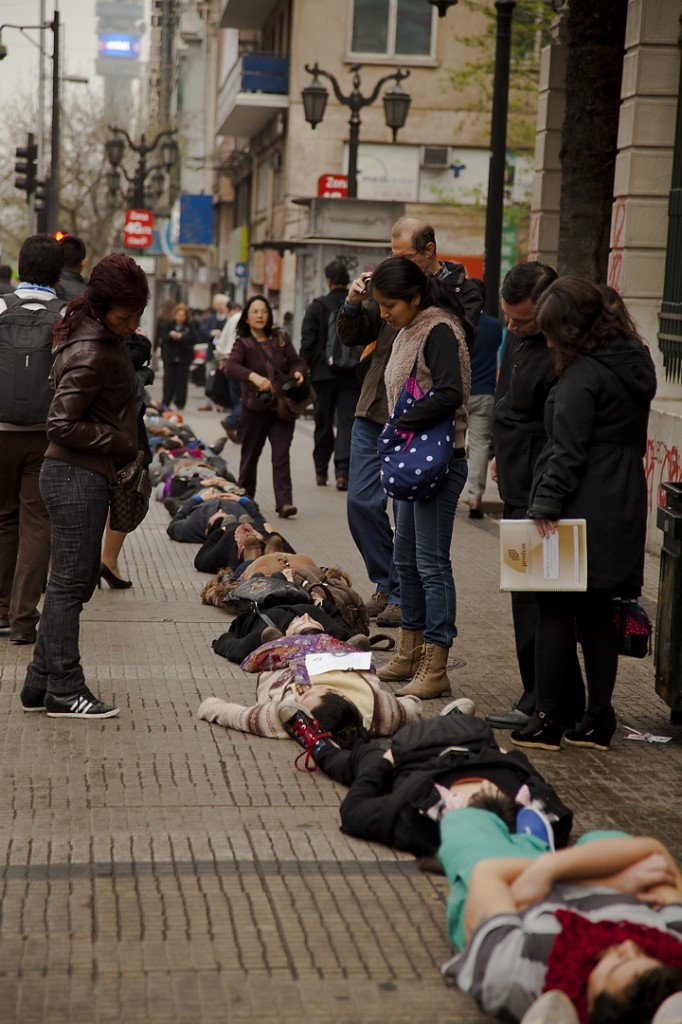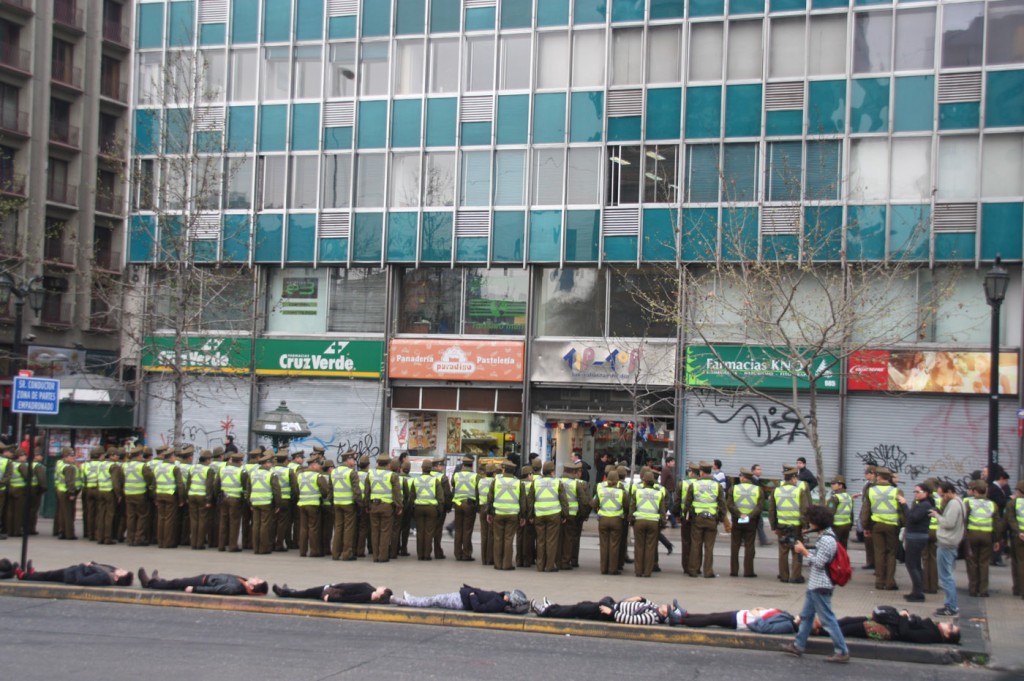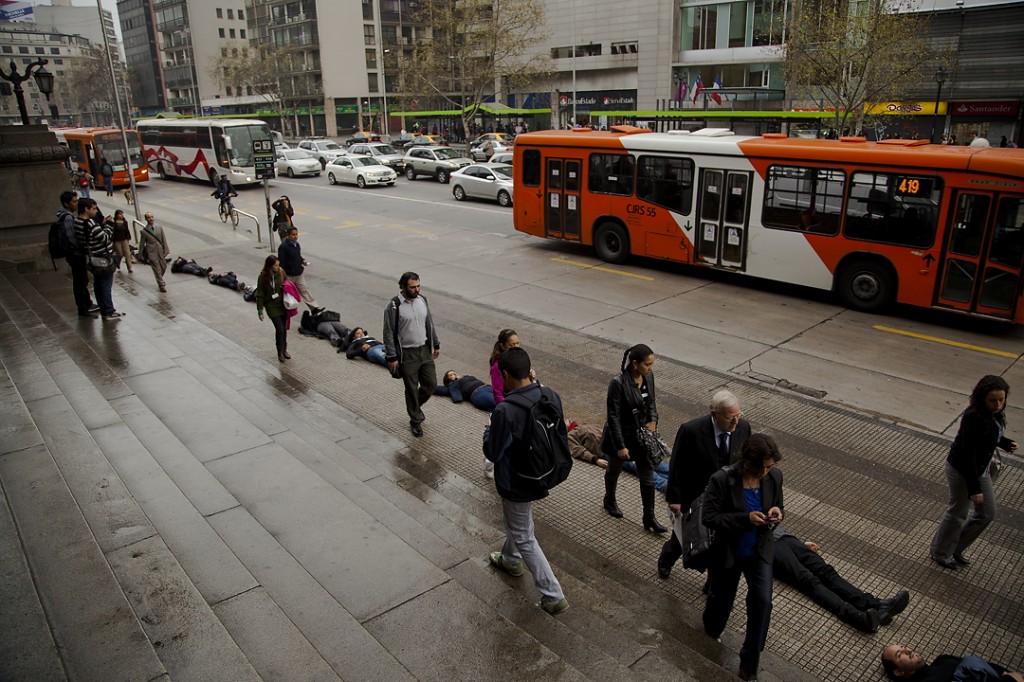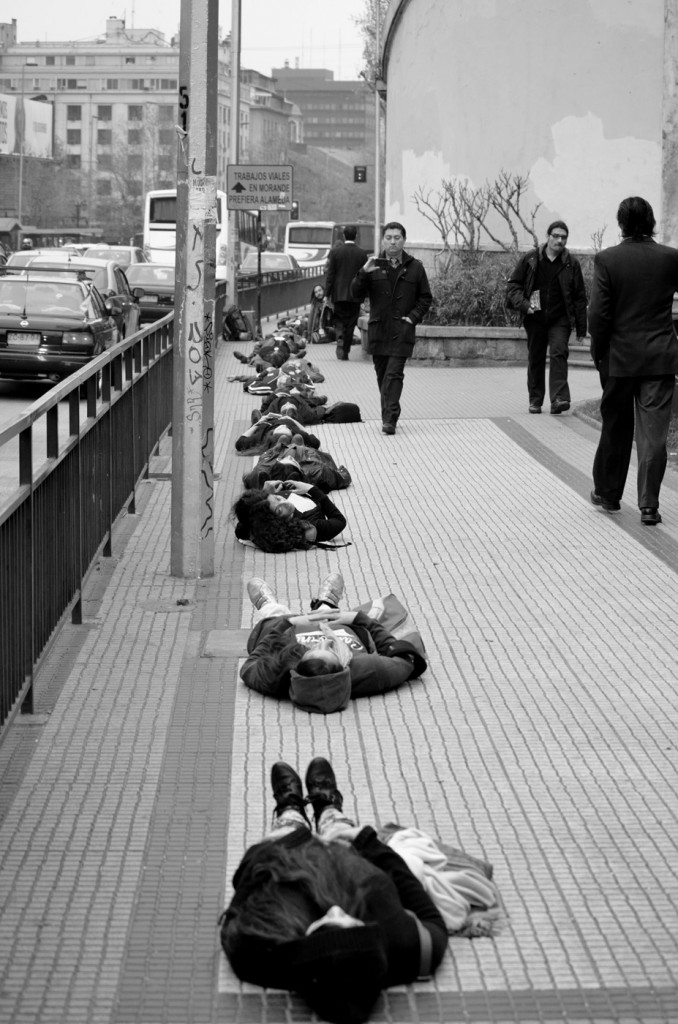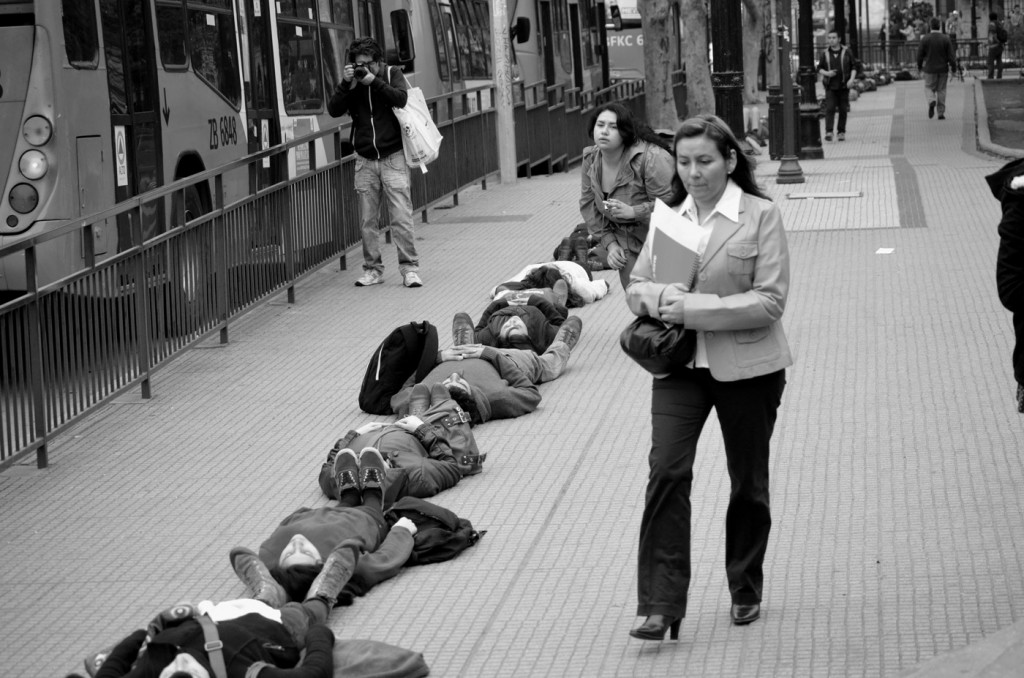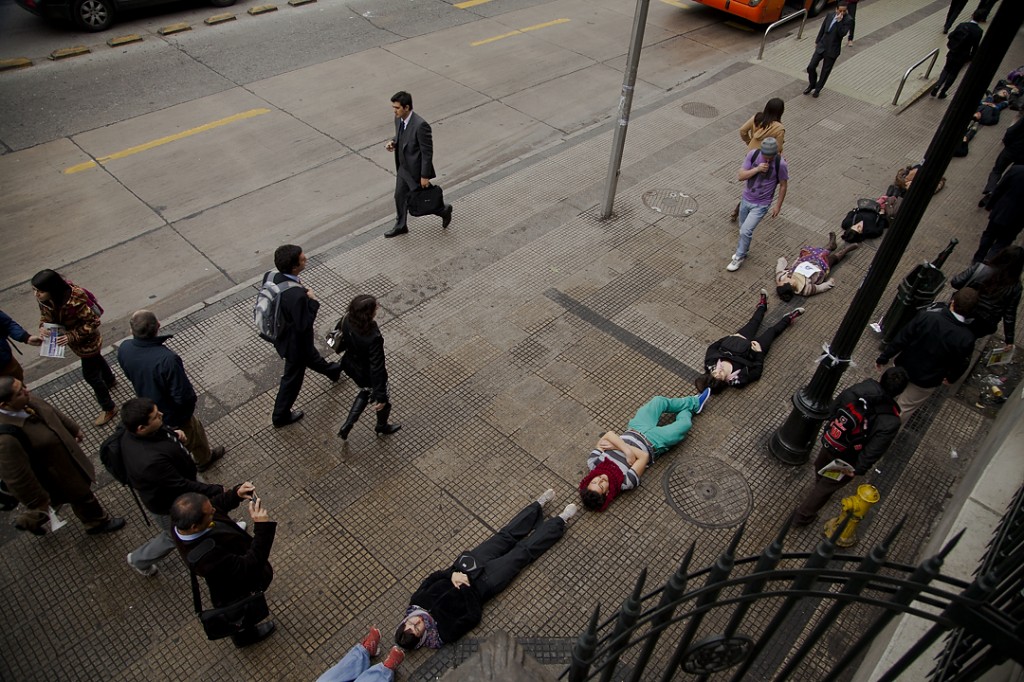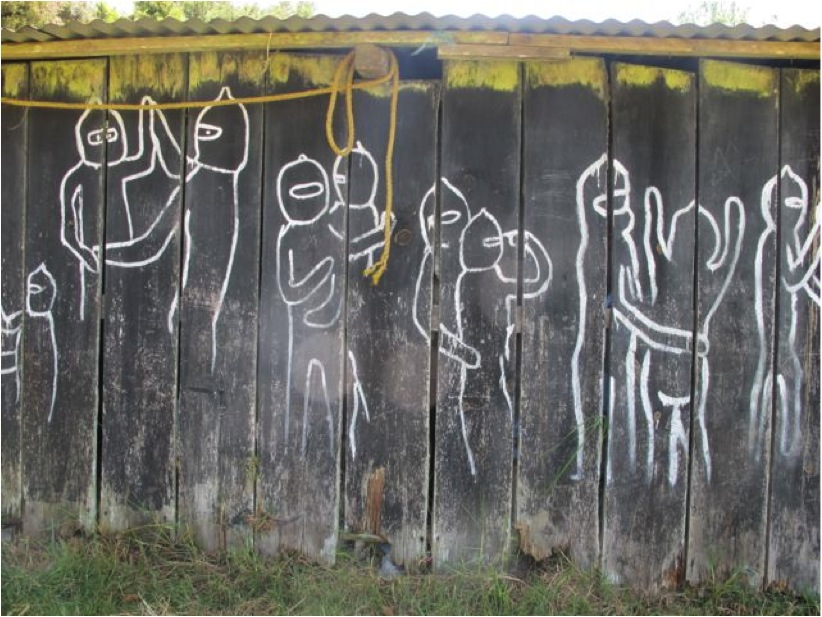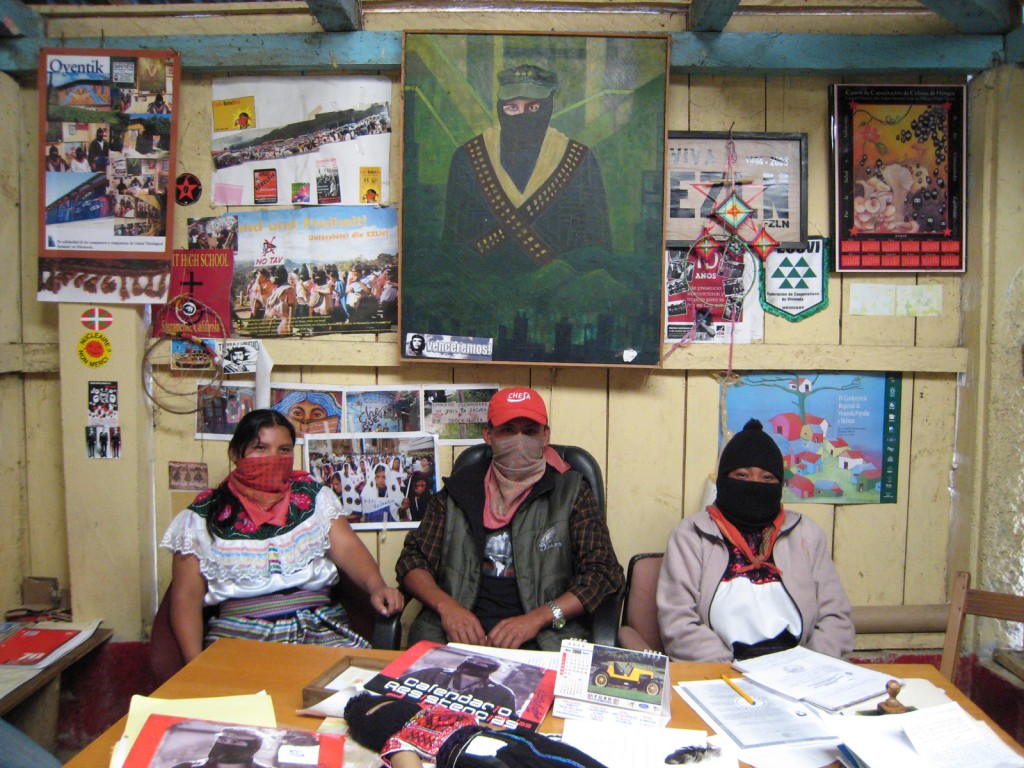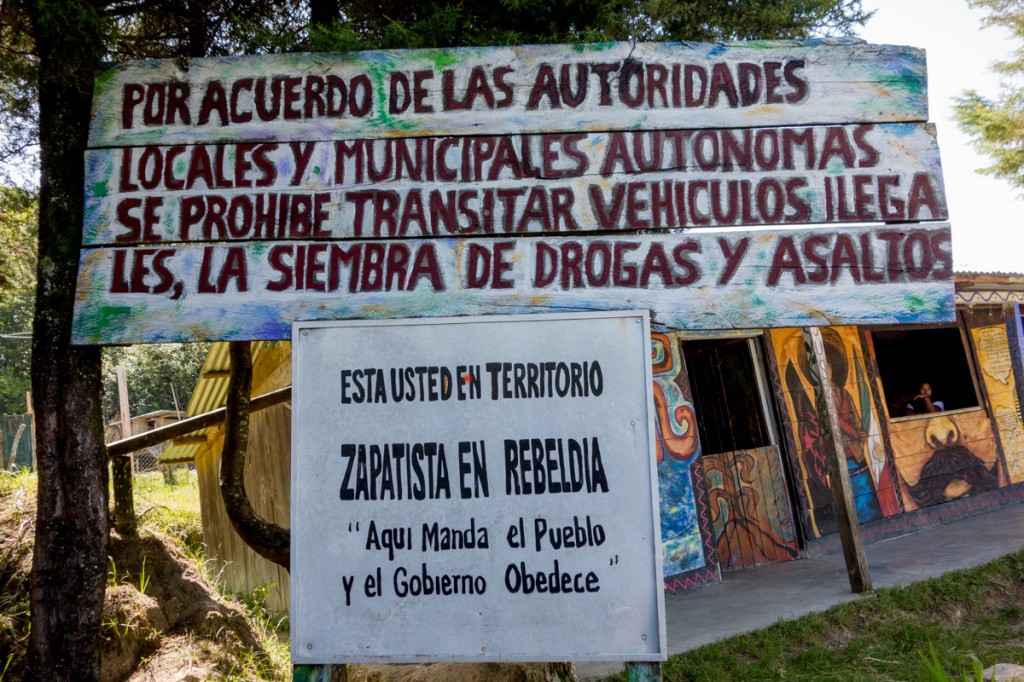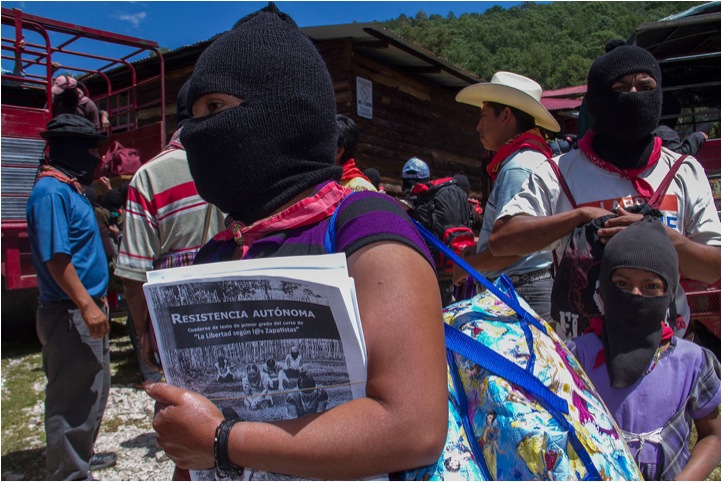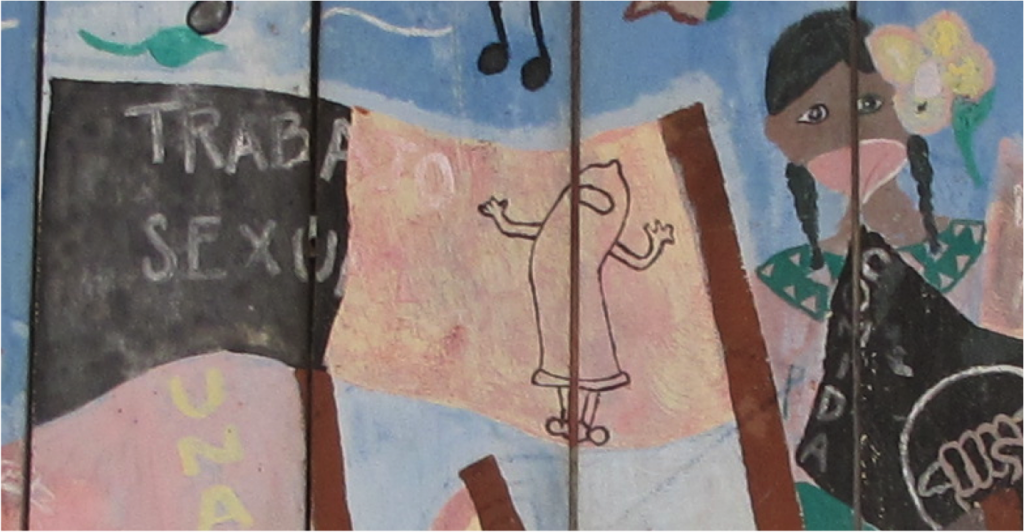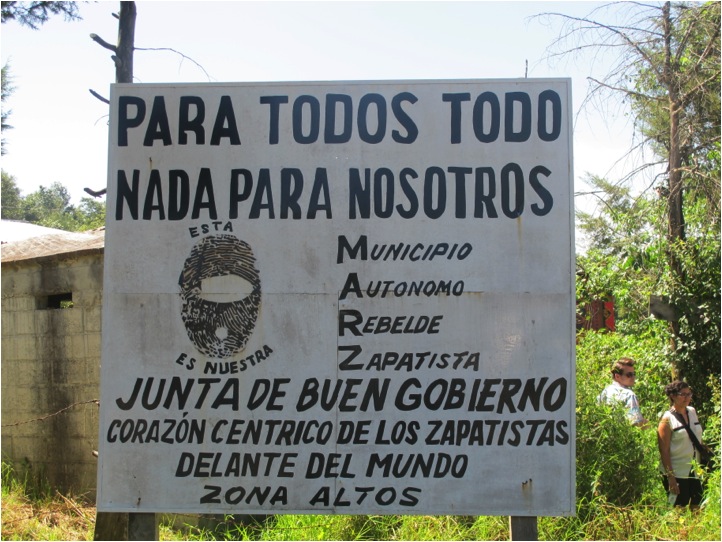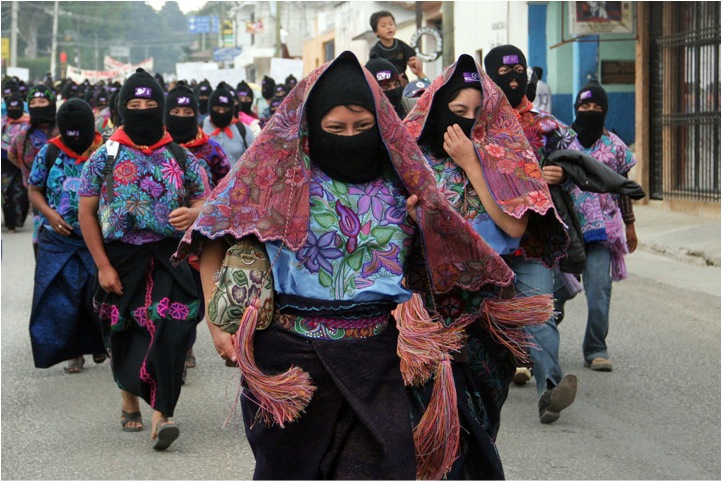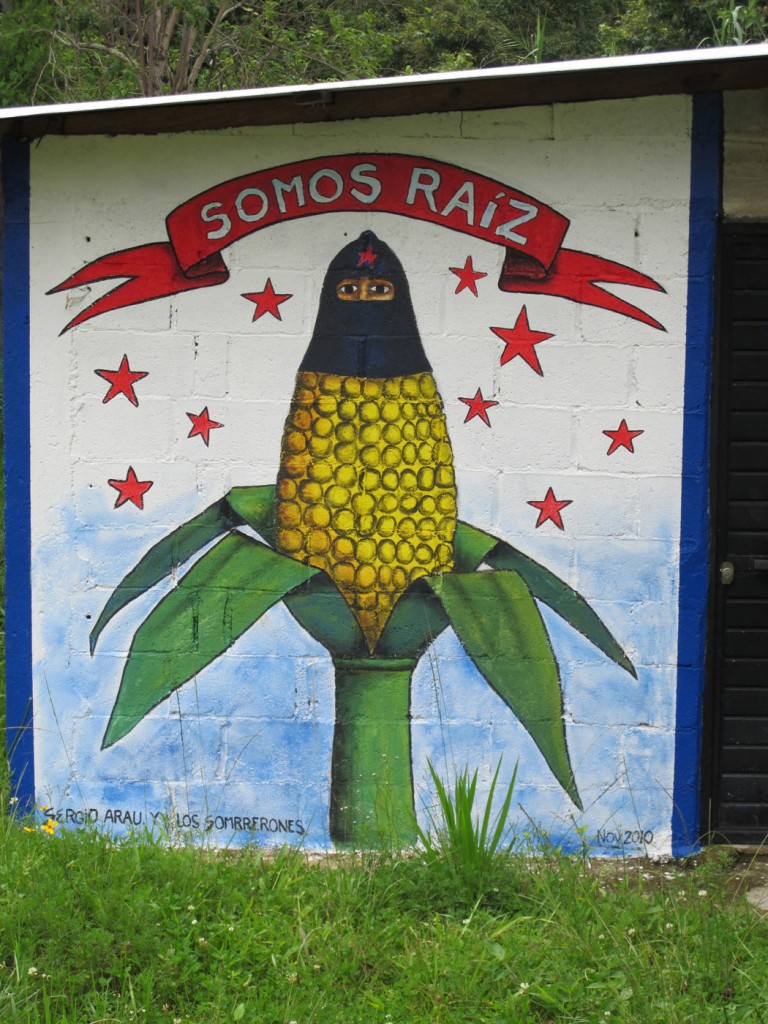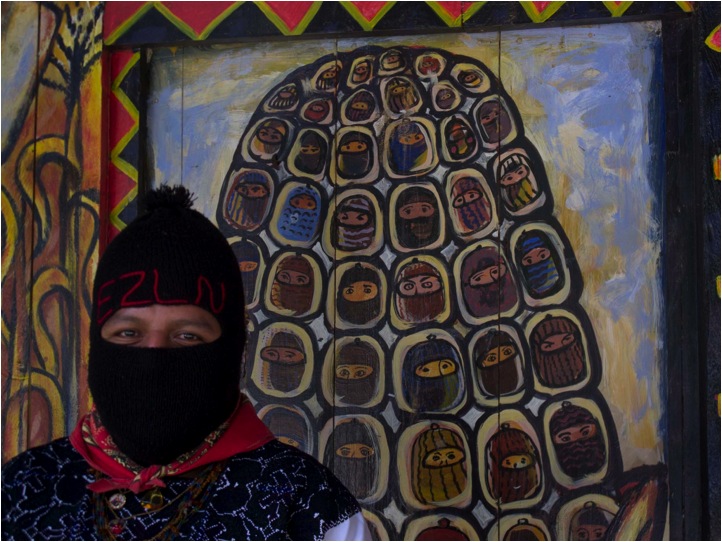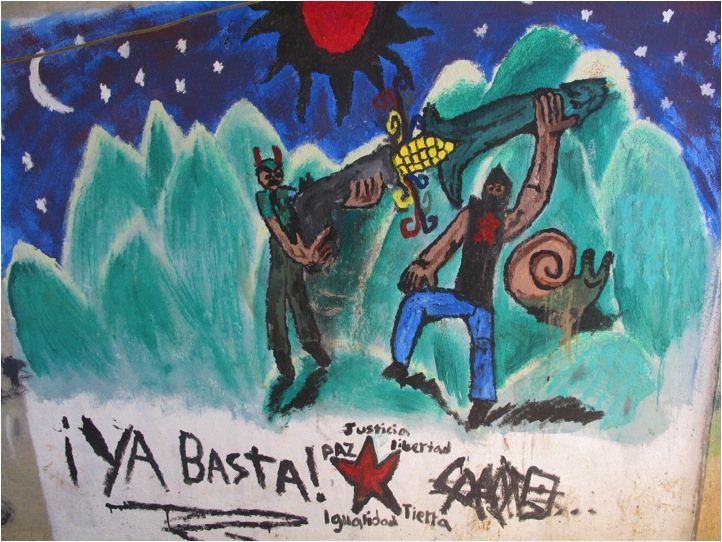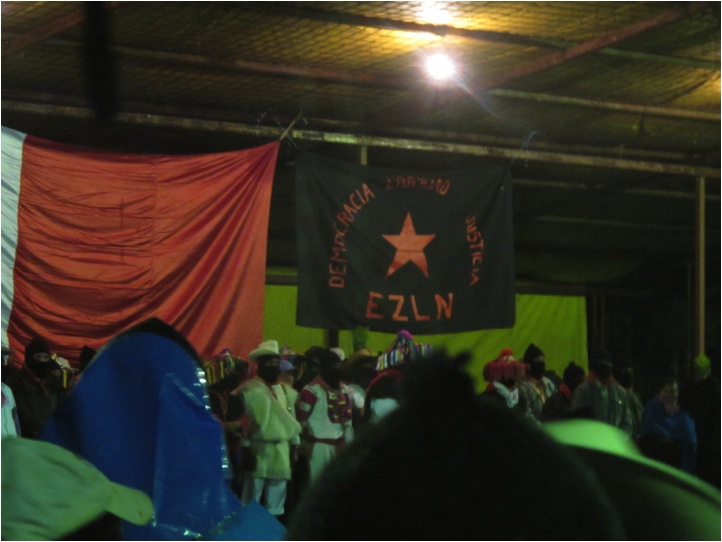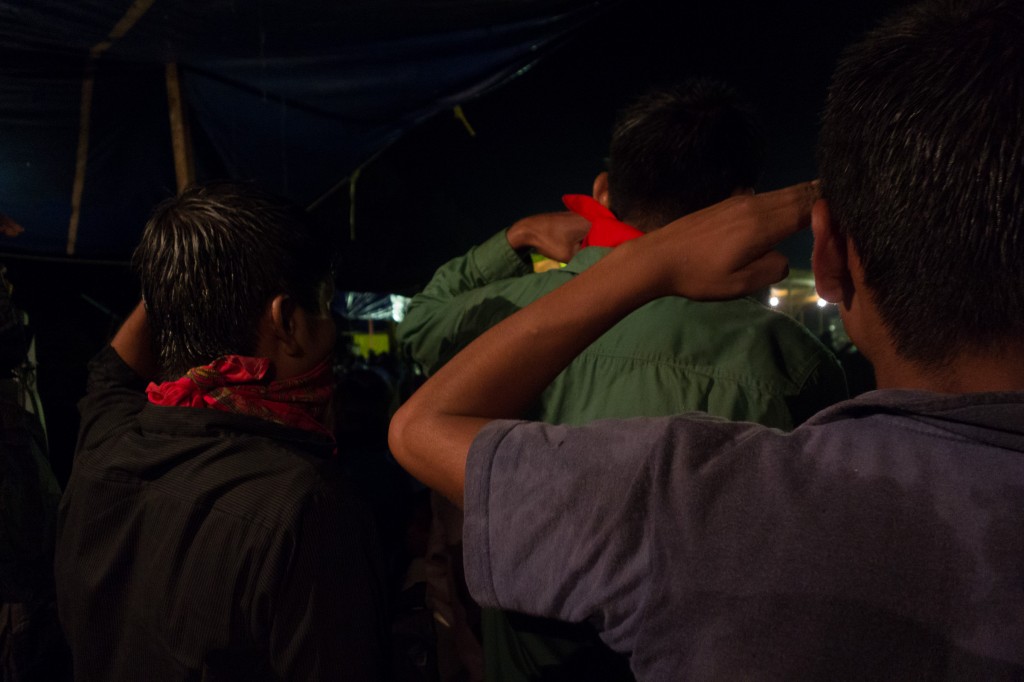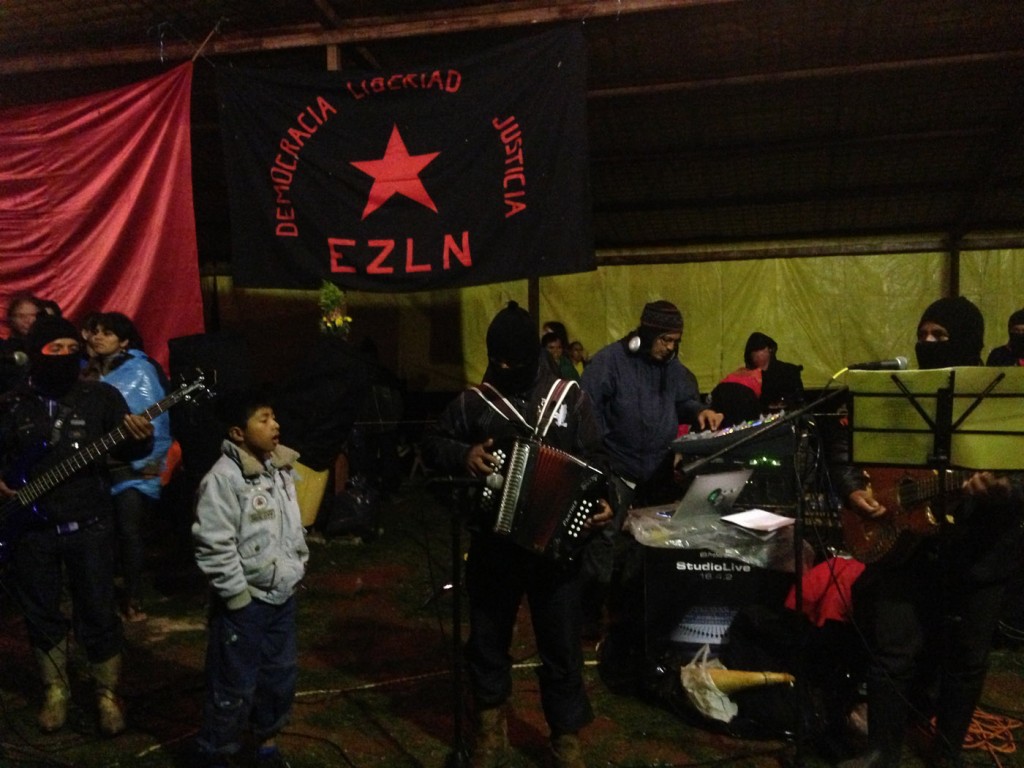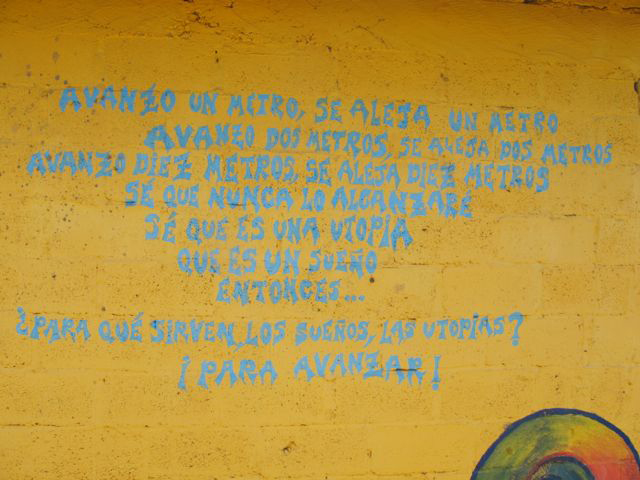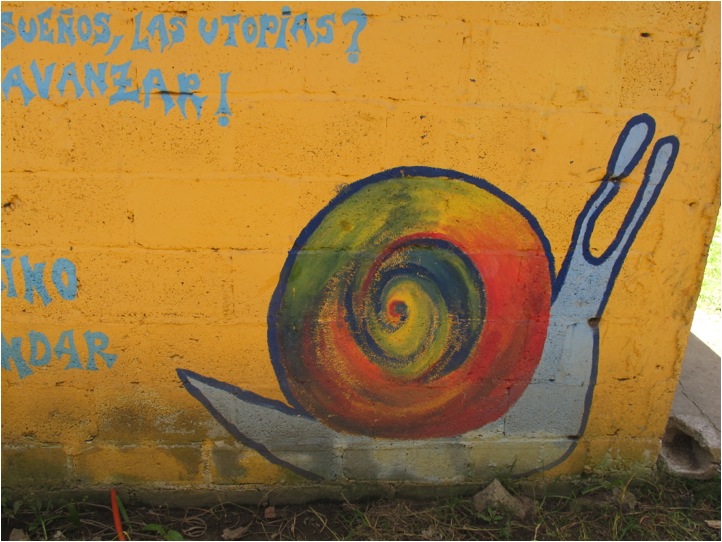Development Discourses
As it is now widely recognized, talented professionals from less developed communities are migrating in large numbers to developed countries for higher education, professional training, and employment. Though this kind of migration used to be treated as contributing to “brain drain” a few decades ago (Bhagwati and Partington), the discourse has shifted to “brain gain” now (Kuznetsov 221). Policy makers argue that professional migration is a win-win situation for both the sending and receiving countries: the West benefits from the migrants who come to develop its technology and economy, and the less developed countries benefit through the remittances, investment in economic enterprises, and direct engagement by the migrants in the improvement of their towns and villages. This reasoning exemplifies the neoliberal orientation to development. The Washington consensus (representing the World Bank, the International Monetary Fund, and the United States Treasury) holds that market forces will ensure economic benefits for all parties if national borders are opened to facilitate the free flow of resources and labor (Harvey 1–4).
Many aspects of the neoliberal discourse need to be critiqued, but I focus here on its implications for communication. A key feature of the discourse is flexibility (Holborrow 43). It is argued that professional migrants have to be flexible to communicate effectively in other languages as they shuttle across national borders to fill different jobs in the fluid labor market we find today. Many policy makers and employment agencies believe that flexibility is ensured by the sharing of a common language. If everyone uses lingua franca English, the argument goes, communication becomes more efficient (Cameron). The expectation of uniformity in communication is so strong that policy makers are using fewer and fewer tests to assess the proficiency of professional migrants. The IELTS (International English Language Testing System) claims that about nine thousand organizations worldwide use its English test to make hiring decisions (www.ielts.org/about_us.aspx), and four countries (the United Kingdom, Australia, Canada, and New Zealand) officially use its scores for immigration purposes. Though the IELTS claims that it is democratic in accommodating all the native-speaker varieties in its construction of tests, this accommodation does not go far enough when one considers that professional migrants bring with them varieties of English whose grammars have been nativized as well. Also, though the IELTS test includes all four language skills (speaking, listening, reading, writing), it focuses on form and therefore doesn’t address the discourses and interactional strategies that professionals practice in specific work settings.
Policy discourses and assessment practices like those of the IELTS convey a clear message to sending countries about human capital development. The countries now stress the teaching of English, and this emphasis makes their local languages vulnerable. Applied linguists have recently reported on language policies in various countries where English is gaining more prominence in local educational systems, displacing local languages (for the Philippines, see Lorente; for South Korea, see Piller and Cho). Ian Martin observes:
The Philippine government’s formula for economic success has become painfully simplistic: English equals money. Whether Filipino graduates are capable of critical and creative thinking, or have acquired basic life skills other than language skills, does not seem to be a major concern. The Philippine government’s language policies seem to be fixated on English alone. (194)
Portrait of a Professional Migrant
In this context of neoliberal discourses on development, communicative flexibility, and language efficiency, I introduce a professional migrant as an illustration. Busie, a health-care worker from Zimbabwe, is among about 160 professional migrants my colleagues and I have interviewed as part of an international collaborative research project to understand the migrants’ notions of communicative flexibility and efficiency (see www.migrationstudiesproject.psu.edu/projects.shtml for descriptions of the research projects at Penn State).1 Busie is currently a nurse in Leeds. Since she comes from a country where sixteen languages are official, her strategy for developing communicative flexibility is to expand her repertoire. She speaks Zimbabwean English, Shona, Tonga, and Xhosa and is unable to choose one of them as her mother tongue or native language. Though she doesn’t claim advanced proficiency in all four skills in some languages, since she uses them only for specific functions, she considers all of them native. She doesn’t claim much proficiency in other local languages, such as Chewa, Venda, and Tswana, but she has enough competence to borrow phrases and words from those languages and embed them in her discourse to establish solidarity with interlocutors who speak them. There is a third form of language practice, different from this code switching and code mixing, that she has adopted in communicative situations where no language is shared among the interlocutors: each speaker uses his or her own language—such as Afrikaans, Koisan, and Shona in a recent conversation Busie recounted—and communication is still achieved. This success is possible because each speaker has the receptive proficiency to understand the other’s language. Our researcher appeared skeptical, but Busie kept repeating, “It is not abnormal.” This conversational practice has emerged as sufficiently common in multilingual communities for applied linguists to give it the label “polyglot dialog” (Posner)—that is, one conversation in many languages.
These rich language practices become irrelevant when Busie and other Zimbabweans go to school, because schooling in their country is conducted almost entirely in English from the fourth grade on. Busie has mixed feelings about this language policy. On the one hand, the language practices she develops outside school are sadly ignored in the school curriculum and not developed further. On the other hand, it is the focus on English that enabled her to migrate to the United Kingdom as a professional. She stated, “[The fact that Zimbabwe is] a former British colony and the fact that our education was in English of course gave me and others who came [to Leeds] massive confidence, given that our training and education was modeled on the British system. It is because I spoke the language that I chose to come here.”
Despite this exclusive emphasis on English in her school education, Busie feels vulnerable in her workplace communication in the United Kingdom. The language used in her work is grammatically close to British English. Signs of her Zimbabwean English or evidence of code mixing or switching into other languages can actually be punished. Busie said:
You have to speak the language, otherwise you end up being reported to the Nursing and Midwifery Council for misconduct. In this country, the patients have too many rights; they get you suspended just by reporting that you spoke in another language that they didn’t understand. I know so many people, including Zimbabweans, who were charged with misconduct just for talking in their language, you know. The managers, when they are looking for someone to promote, it’s about how good is your English instead of how good is your practice. . . . Otherwise despite your qualifications you will die in the same band [rank] and as a simple nurse instead of where your performance and qualifications merit.
This professional vulnerability is taking its toll on her language repertoire. She is experiencing some language attrition, which is affecting her ability to engage in development activity back home. She travels periodically to Zimbabwe to participate in health education campaigns with nongovernmental organizations in the country. Recently, when she visited what she referred to as her mother’s village (her father’s village apparently communicates in a different language), she was dismayed to find that she had lost the fluency to conduct conversations in Ndebele. She had to use a translator to help her conduct work in that village. She had forgotten the names of some local herbs people find useful for food and medicine, names that didn’t exist in English and couldn’t be translated easily. This communicative deficiency affected her credibility and her ability to establish an insider identity with the villagers; it made her less effective. Her reflection on her language loss was pithy: “I lost [the language] while perfecting my Standard English.”
But her multilingual learning strategies are resilient. She continues to expand her linguistic repertoire in migrant settings. She explained how she communicates with fellow nurses from India and the Philippines—behind the backs of her British employers. Each nurse uses a different variety of English (Indian English, Filipino English, Zimbabwean English) without the need to share a homogeneous language. This practice is a continuation of the polyglot dialogue described above: a new context requires a new repertoire. Busie told us that many of her patients come to the hospital with little proficiency in English or with proficiency in a variety of English that native English speakers don’t accept, so she makes use of the polyglot strategy with her patients too. The strategy also holds possibilities for resistance in her place of work: with it, the nurses establish an in-group identity, share information to help them cope with the stresses of their work, and collaborate in opposing unfair employment conditions. The use of local languages, she said, was important to the nurses for the success of their work, helping them tap into a healthy work ethic and relationships, whereas the insistence on Standard English imposed a functional professional identity and values that reduced their work to meaningless labor.
Busie went on to reflect on why her understanding of communicative flexibility was different from that of her employers. She attributed her language practices to her socialization in a multilingual community. That community endowed her with a different disposition:
One thing I have realized personally for a while is that I always loved, maybe because I grew up in a multilingual society, where you always knew there [were] other languages all around you. And so you had a way of opening up to other things. I have a feeling that it is easier for us to translate and become something else and understand. But native speakers tend to be so unique . . . [they] just want one language and to sound one way.
Reflecting with her, we ask if such a disposition is developed because Busie and her compatriots cannot be in control of their communicative encounters when they live in a setting with multiple languages. Speakers of a minority language, also, are used to being compelled to adjust to the expectations of majority and privileged language speakers. Their vulnerability encourages them to collaborate with others, to develop tolerance, patience, and openness. Conversely, those who favor homogeneous communities or those in power are used to being in control of the communicative situation. Their refusal or inability to be vulnerable makes them less tolerant; they define reductively what counts as language—in other words, a language that approximates the norms of their own.
Implications
If we are to realize the vision of development discourses that professional migration be a win-win situation, we must move toward a broader notion of what is acceptable as language. Reductive language ideologies, and migration policies and assessment tools based on them, are leading to the vulnerability of local languages, in which proficiency is important for development work in local communities. Busie’s loss of her mother’s tongue diminished her ability to conduct her health literacy work. A multilingual repertoire facilitates professional relationships and services in developed communities as well. More important, language resources have implications for environmental sustainability. Not knowing the names of local herbs for medicinal purposes can lead to a loss of information about allopathic medicine and healthy dietary practices and thus a neglect of these plants. From this perspective, language is not merely a medium for migrant work relationships and knowledge transfer; it is central to the promotion of a balanced and sustainable development. Instead of being obsessed with the profitability of professional migration (as indicated by the World Bank’s publication of an annual remittance report; see Aga, Eigen-Zucchi, Plaza, and Silwal), we should develop a more expansive concept of development, one that accommodates the development of language resources people bring with them.
Let us examine critically the relation of language to different models of development. New studies on resilience show that organizations and organisms built on monoplex factors (i.e., unitary and uniform foundations for the sake of efficiency) cannot withstand shock and so are vulnerable. Organization and organisms that are multiplex and ecological, drawing from diverse influences and being embedded in them, are more resilient (see Gunderson, Allen, and Holling; Zolli and Healey). The implications for language policies are clear. The current development discourses that promote homogeneity, monolingualism, and a functional orientation to language represent a form of development that is vulnerable.
The moral of Busie’s narrative is not that individual languages should be preserved. The notion that languages are separate, having their own monolithic grammars and being bounded by specific communities and native speakers who possess those languages, is itself a recent reductive language ideology developed during modernity in the West (see Canagarajah). What Busie implicitly points to is not the vulnerability of individual languages but the vulnerability of language practices. She exemplifies the value of a plurilingual practice that draws its resources from different languages, enabling hybrid forms of communication that help her shuttle between different communities for her life and work.
Note
- Busie is a pseudonym, for a composite portrait of some of the subjects interviewed for this project. ↩
Works Cited
Aga, Gemechu Ayana, Christian Eigen-Zucchi, Sonia Plaza, and Ani Rudra Silwal. Migration and Development Brief 20. The World Bank. World Bank, 19 Apr. 2013. Web. 3 Sept. 2014.
Bhagwati, Jagdish, and M. Partington, eds. Taxing the Brain Drain: A Proposal. Amsterdam: North Holland, 1976. Print.
Cameron, Deborah. “Globalization and the Teaching of Communicative Skills.” Globalization and Language Teaching. Ed. David Block and Cameron. London: Routledge, 2002. 67–82. Print.
Canagarajah, Suresh. Translingual Practice: Global Englishes and Cosmopolitan Relations. Abingdon: Routledge, 2013. Print.
Gunderson, Lance, Craig R. Allen, and C. S. Holling. Foundations of Ecological Resilience. Washington: Island, 2010. Print.
Harvey, David. A Brief History of Neoliberalism. Oxford: Oxford UP, 2007. Print.
Holborrow, Marnie. “Neoliberal Keywords and the Contradictions of an Ideology.” Neoliberalism and Applied Linguistics. Ed. David Block, John Gray, and Holborrow. New York: Routledge, 2012. 33–55. Print.
Kuznetsov, Yevgeny. Diaspora Networks and the International Migration of Skills. Washington: World Bank, 2006. Print.
Lorente, Beatrice. “The Making of ‘Workers of the World’: Language and the Labor Brokerage State.” Language in Late Capitalism. Ed. Alexandre Duchene and Monica Heller. New York: Routledge, 2012. 183–206. Print.
Martin, Ian. “Diffusion and Directions: English Language Policy in the Philippines.” English in Southeast Asia: Features, Policy, and Language in Use. Ed. Ee-Ling Low and Azirah Hashim. Amsterdam: Benjamins, 2012. 189–205. Print.
Piller, Ingrid, and Jinhyun Cho. “Neoliberalism as Language Policy.” Language in Society 42 (2013): 23–44. Print.
Posner, R. “Der ployglotte dialog.” Sprachreport 3 (1991): 6–10. Print.
Zolli, Andrew, and Ann Marie Healey. Resistance: Why Things Bounce Back. New York: Simon, 2012. Print.
Posted October 2014

